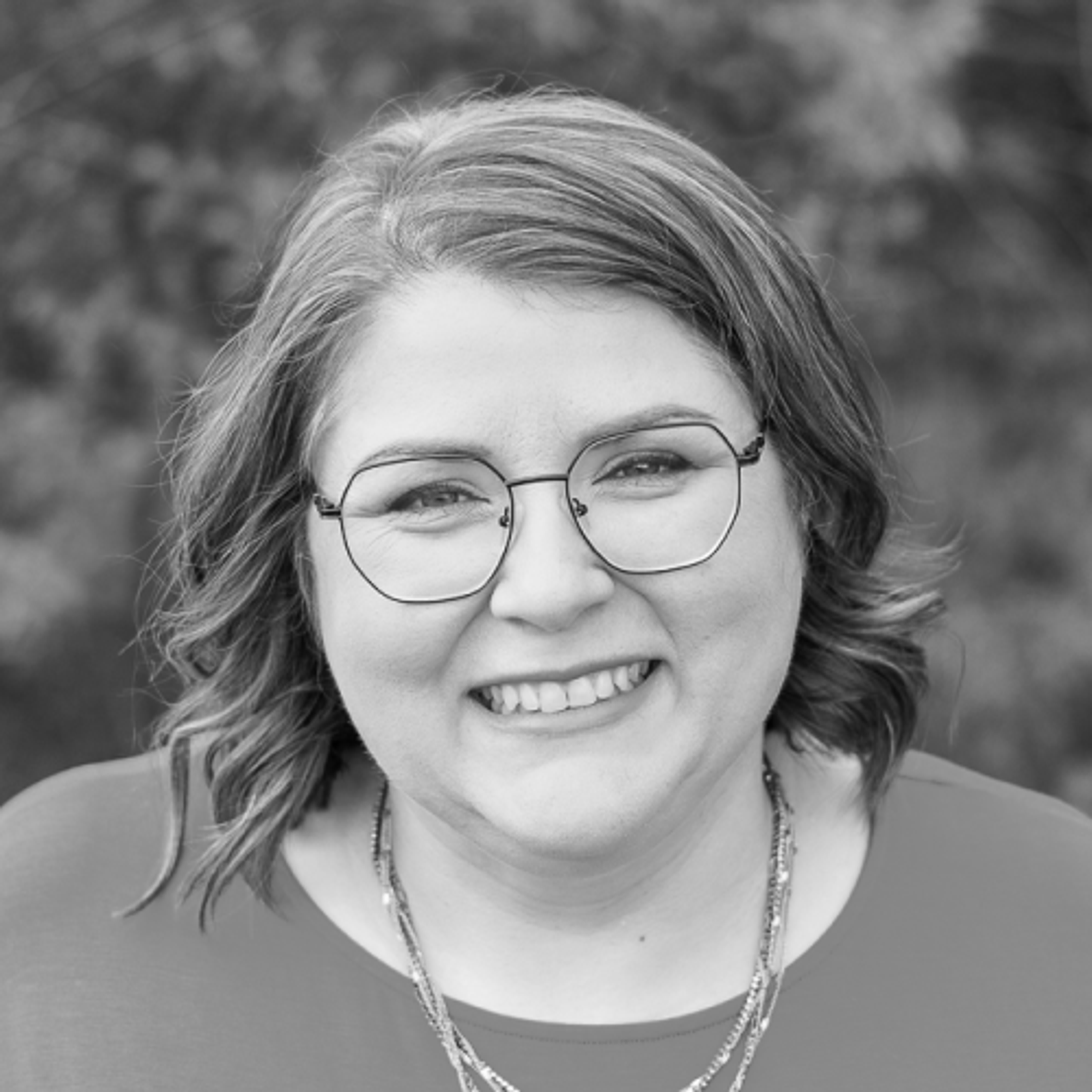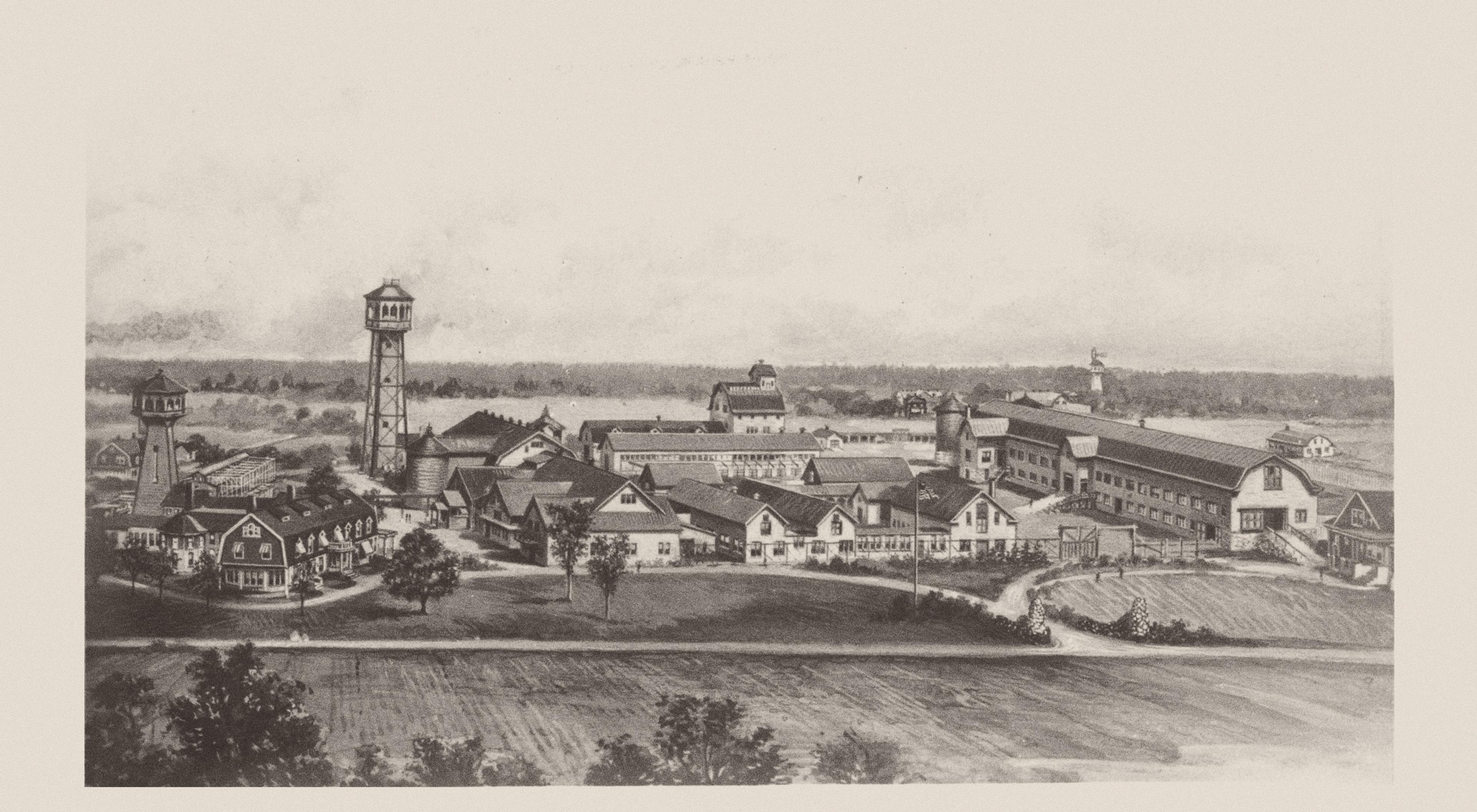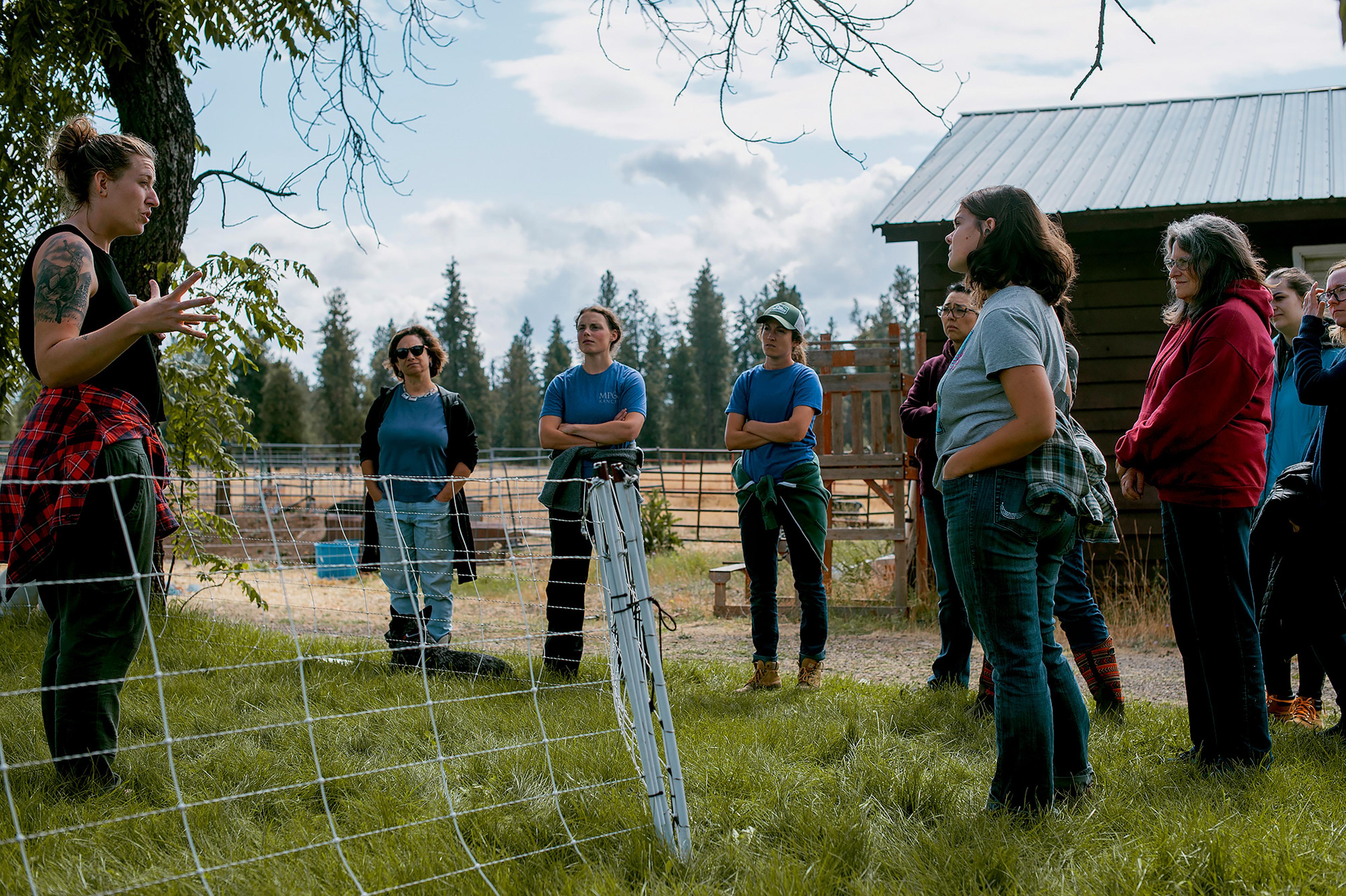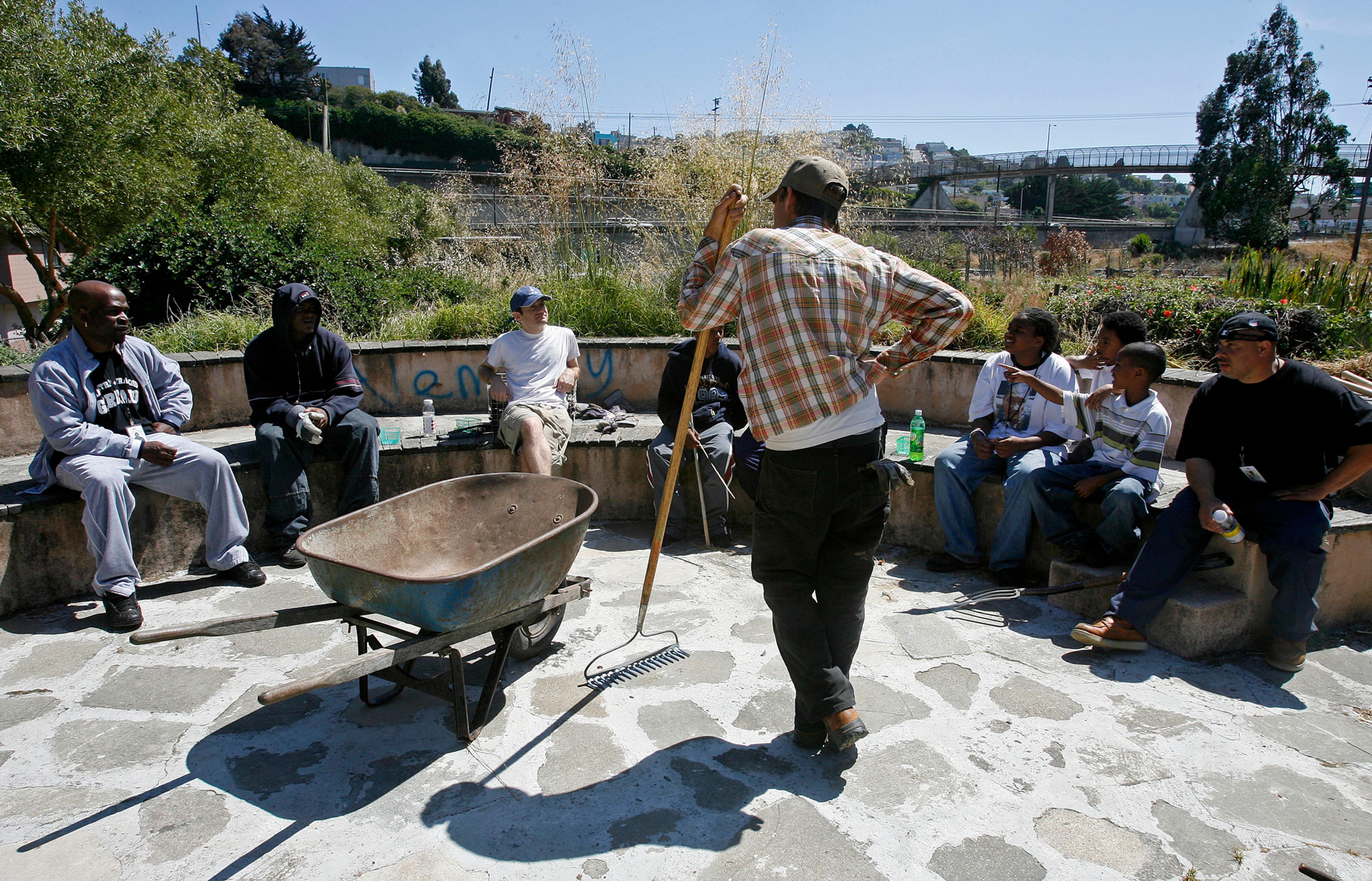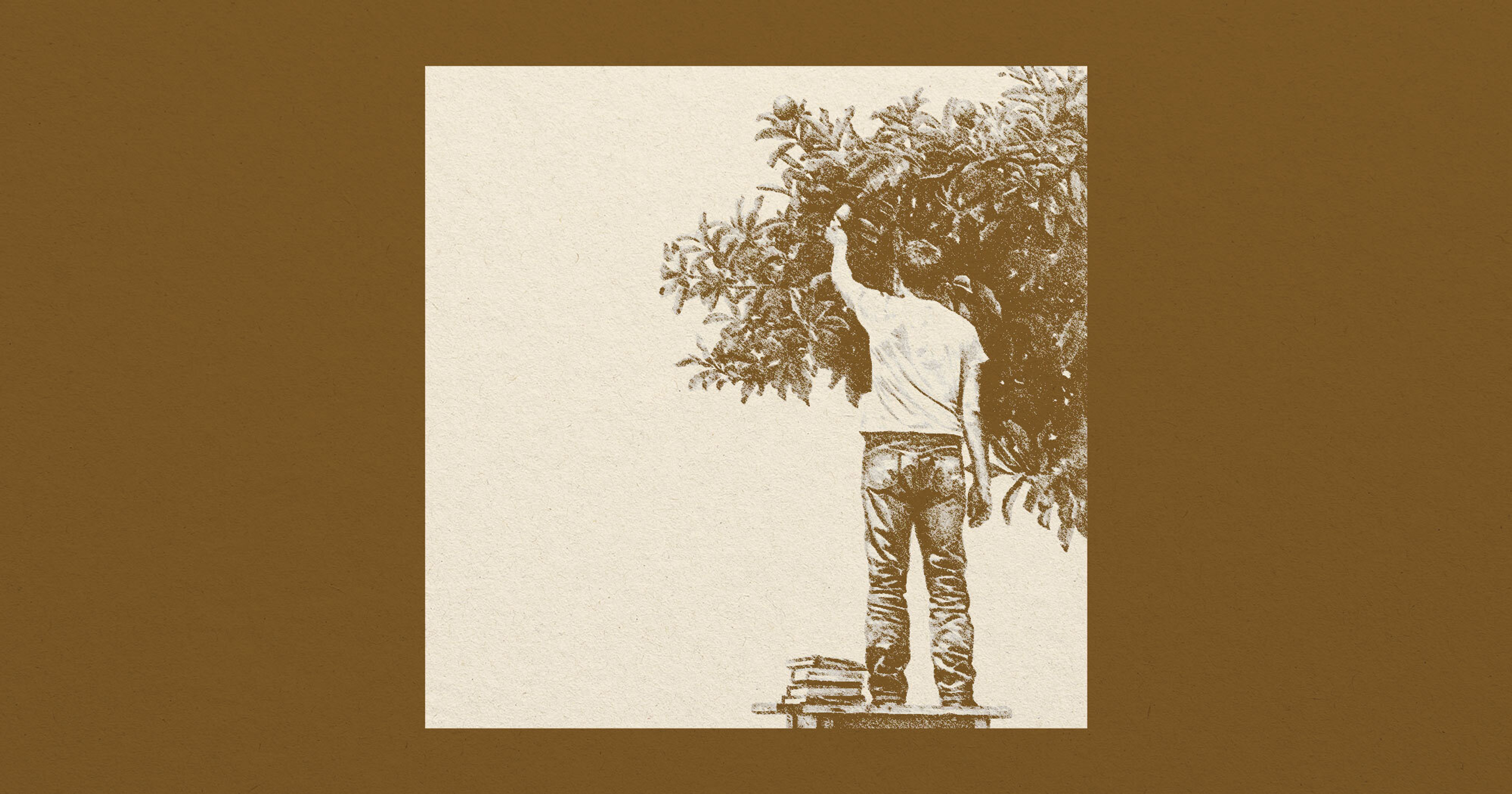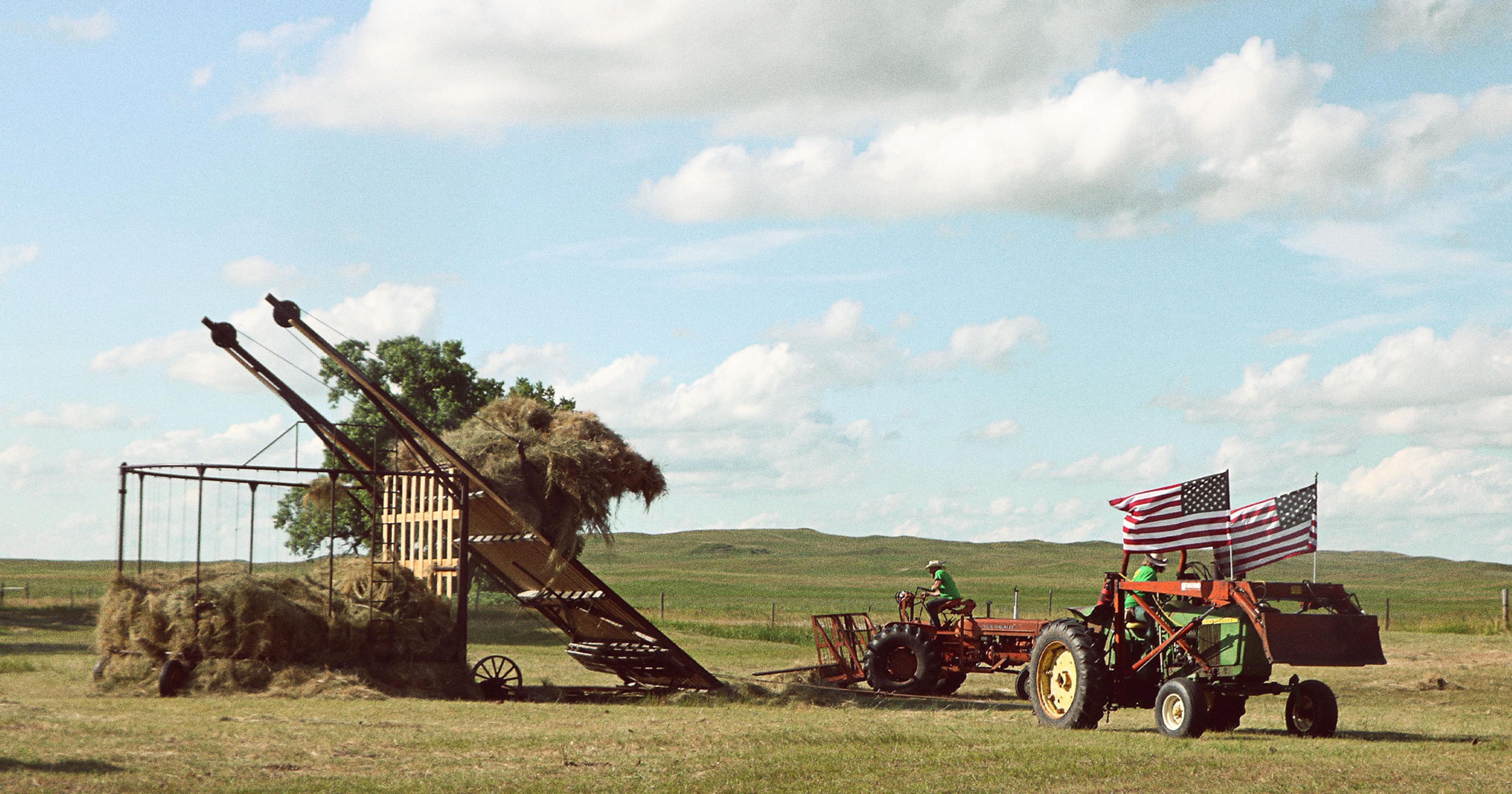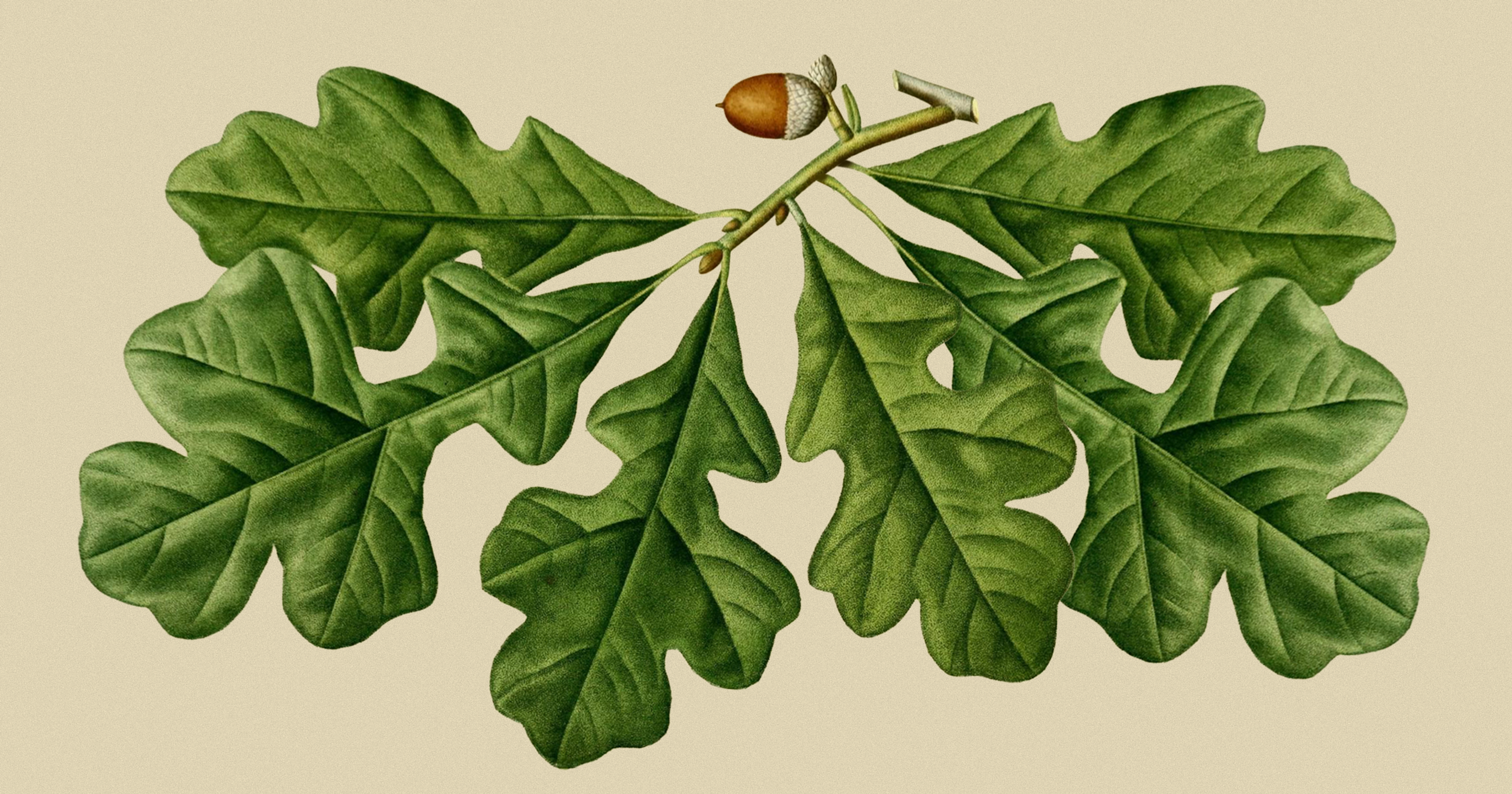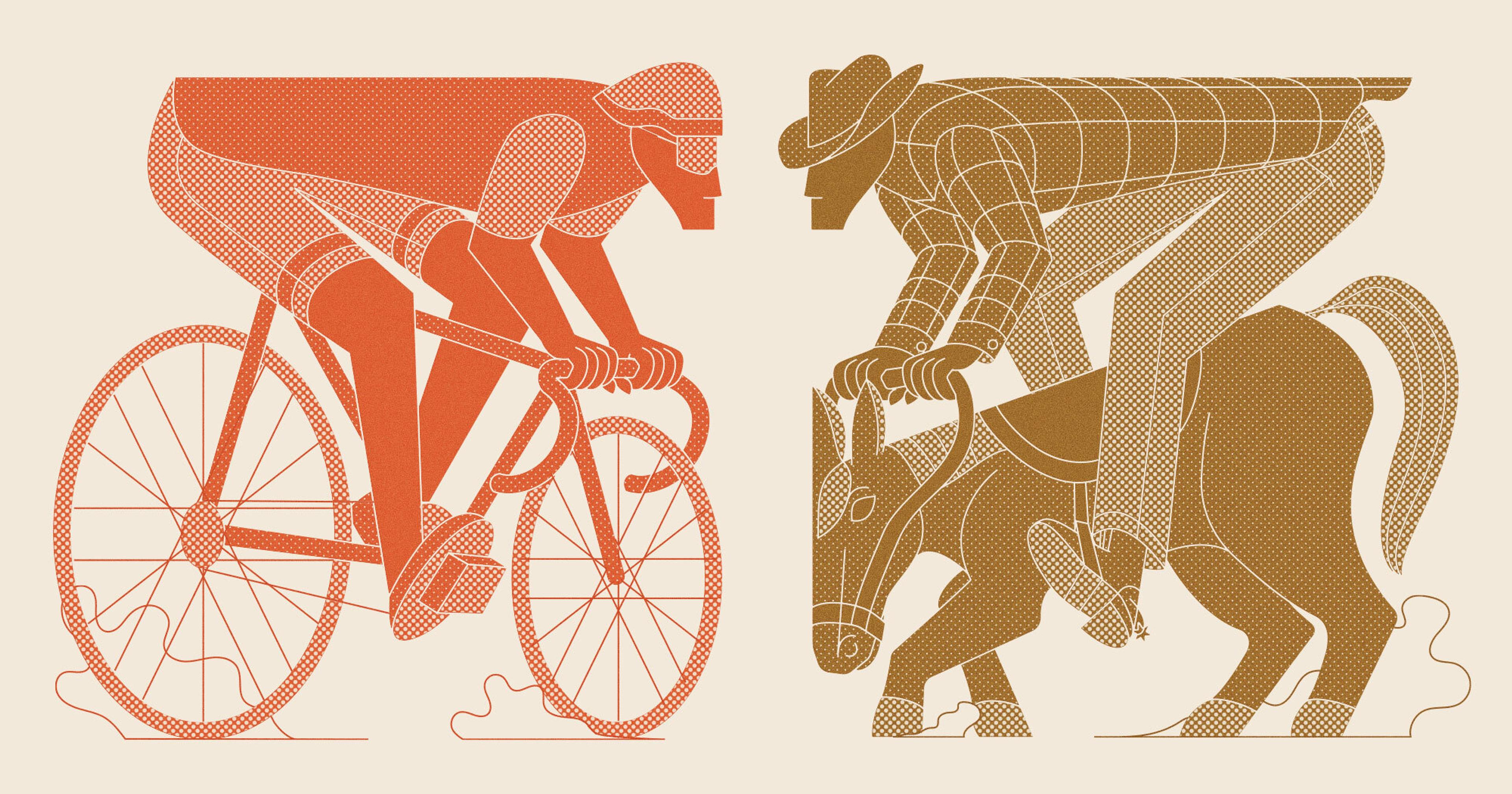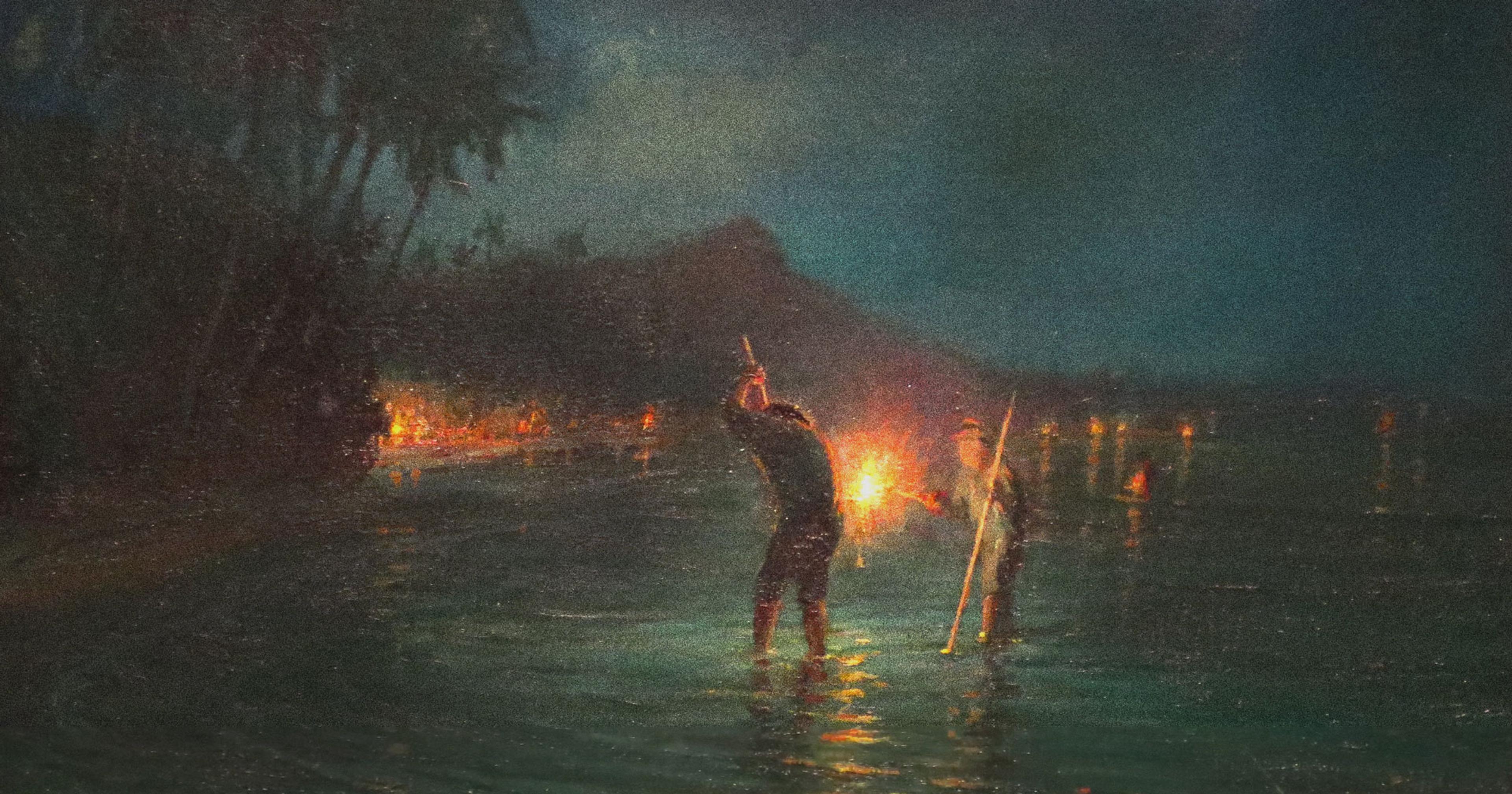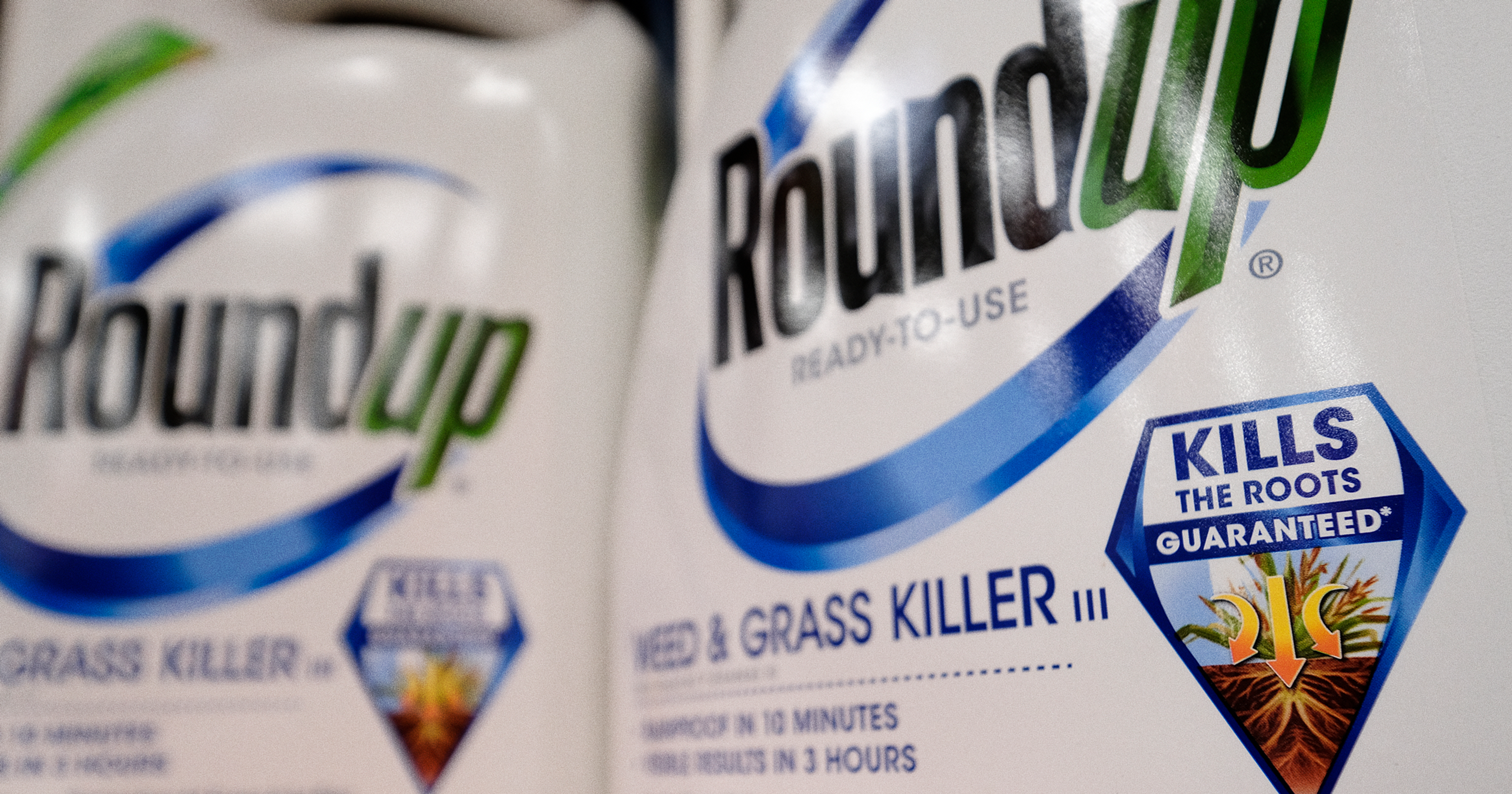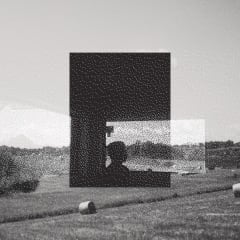A tiny town in Upstate New York is host to the Miner Institute, a hands-on ag school and repository of farm history that colors the whole community.
Many people look back on their student days with fondness, but Wanda Emerich finds more reason than most. In the summer of 1983, Emerich interned with the William H. Miner Agricultural Research Institute, a Chazy, New York-based ag organization that embraces hands-on learning and a collaborative approach. “I worked on a project involving the feeding and management of baby goats,” Emerich recalls. “We had a really fun and well-connected group … [I] remain in contact with some of them still.“
Chazy, located a short drive from New York’s Canadian border, was a busy agricultural destination when William and Alice Miner arrived in 1903 — it remains so to this day. There are signs advertising wineries, breweries, pumpkin patches, and berry farms everywhere you look. Chazy Orchards, established in 1920, is the largest McIntosh apple orchard in the world. Come autumn, its parking lot is packed with day trippers eager to stock up on fresh cider, cinnamon-crusted homemade donuts, and apple Blondies. You’ll see street signs, attractions, and public institutions named after the Miners throughout the region.
The Miner Institute oversees education, research, and demonstration programs that optimize the biological and economic relationships among forage-crop production, dairy and equine management, and environmental stewardship. It’s also a working farm, welcoming year-round visitors to explore its expansive horse and dairy barns and summertime flower gardens. But even though it’s one of the principal tourist draws in Chazy, the institute’s main target isn’t casual visitors.
The Miner Institute administers summer internships to students like Emerich, offering placements in farm management, equine management, agricultural research, water quality research, and — in collaboration with the Alice T. Miner Museum — history. It also offers year-long internships in dairy farm management, equine management, and agricultural research for students who have completed their undergraduate degrees.
Chazy and the Miner family were intertwined long before Alice and William moved there in 1903. William’s grandfather purchased a 144-acre farm in Chazy in 1820, and, as an orphaned child, he spent many formative years of his youth on the property. Yet, as an adult, agriculture wasn’t initially on his mind. When William and Alice met in Chicago in the early 1890s, William worked in the railroad sector, netting him his fortune. Alice loved art, history, and music. They may have stayed in the city if not for a family tragedy. Their only child, William Junior, died in infancy in 1902. Soon after, the grieving couple retreated to Chazy.
The industrious William soon oversaw the construction of sheep and dairy barns, henhouses, a gristmill, a fish hatchery, and dozens of other structures on the farm they called Heart’s Delight. At its peak, the farm encompassed 15,000 acres and employed 800 people. William and Alice were also busy building a legacy, which included establishing a charitable trust that provided a permanent endowment to the William H. Miner Agricultural Research Institute, founded in 1951.
According to The Aging Agricultural Workforce, the average age of the American farmer in 2017 was 57.5 years, an increase of 1.2 years since 2012. The Miner Institute is built to help counter that trend, aiming to make agriculture as attractive and accessible a career choice as possible. That’s why the institute’s internships are paid positions, offering students a salary, accommodations, and meals. And the whole program is built on total immersion. Rachel Dutil, Miner Institute’s marketing coordinator, shares that a favorable student-to-staff ratio allows for an intensive, in-depth experience. Students aren’t merely watching the work happen. They’re doing the work, with staff nearby to back them up as needed.
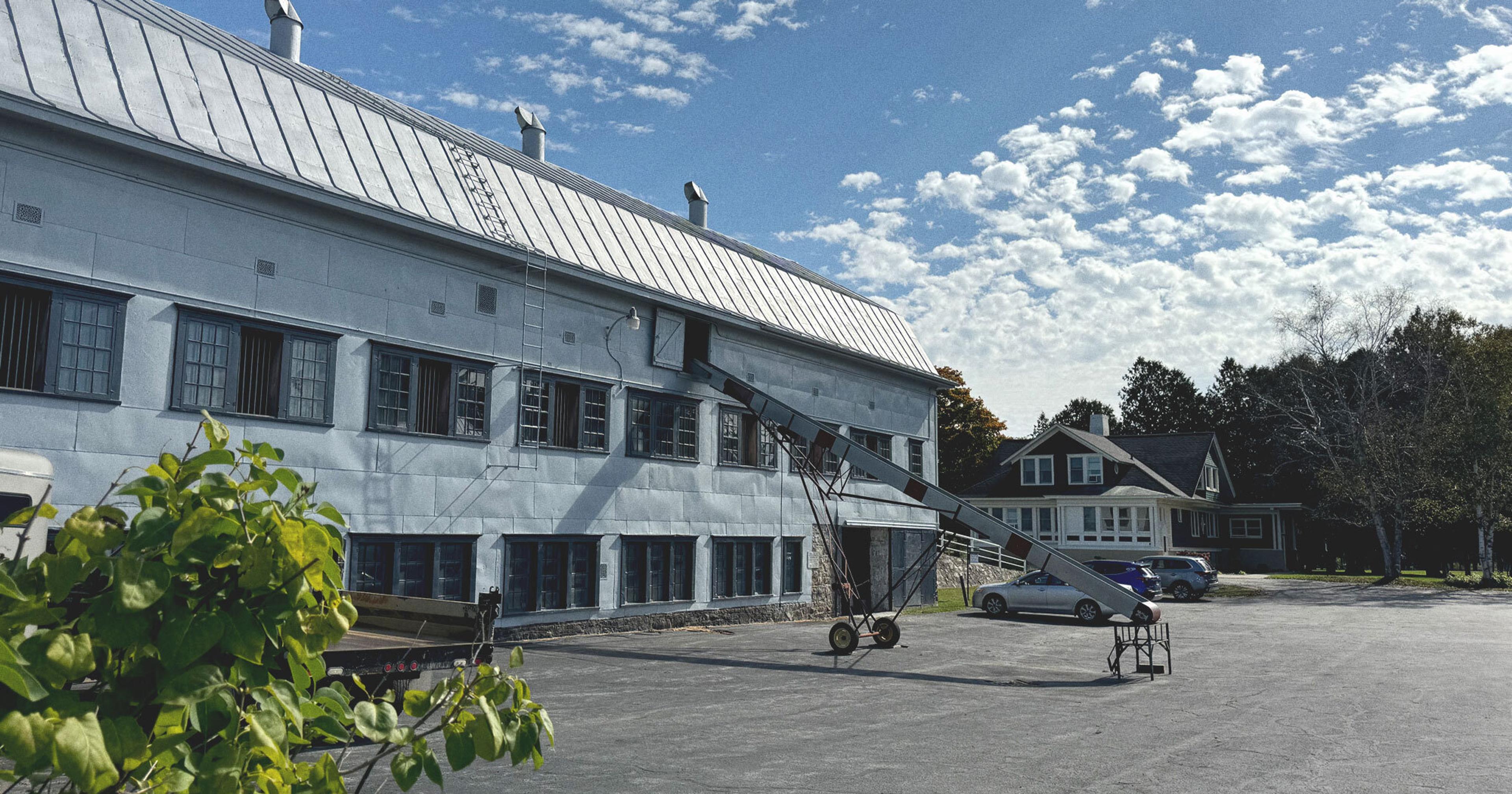
Not your typical agriculture school
Wanda Emerich remembers that approach well: “[My] duties included milking dairy cows, milking dairy goats, feeding calves, heifers, and cows, herd health, driving tractors with forage wagons attached and unloading to an upright silo, picking rocks, working on an independent research project, and preparing a group of dairy heifers to take to the Clinton County Fair.”
Karen Lassell, part of the 1989 cohort, recalls similarly rewarding work, noting that her duties included: “Basic horse farm chores: feeding, cleaning, turnout, moving hay. [We] had lectures during the week to cover topics relevant to the farm, dairy and equine. We worked with young stock to learn how to train them for the basics of leading, picking up feet, wearing equipment, lunging and longlining. We rode the older, more finished horses to practice skills ourselves and keep them fit for show as well as competitive trail riding.”
Not every day went smoothly. “As you can imagine, there were often mistakes made which we took seriously but found that self-deprecating humor was our way of coping with them,” said former intern Katie Ballard. Just how self-deprecating were they? “Every Friday, we nominated the “Miner Moron” for the week … what had each of us done that was worthy of the award. I was the first recipient.” Ballard earned this honor by putting a tractor in a ditch, stymied by a “hitch that was making a funny noise” and loose steering issues. Emerich also admitted, “I received it once for not being able to back up the manure spreader into the horse barn while the whole maintenance crew was watching.”
While this dubiously named distinction has long been retired, former interns clearly cherish the Miner Institute’s dive-right-in philosophy. Veterinarian Victoria Vendetta is one of them. In 2017-2018, Vendetta was a dairy intern. “I attended veterinary school with an incredible amount of hands-on skills and practical knowledge in dairy farming that most of my peers were not lucky enough to receive,” she said.
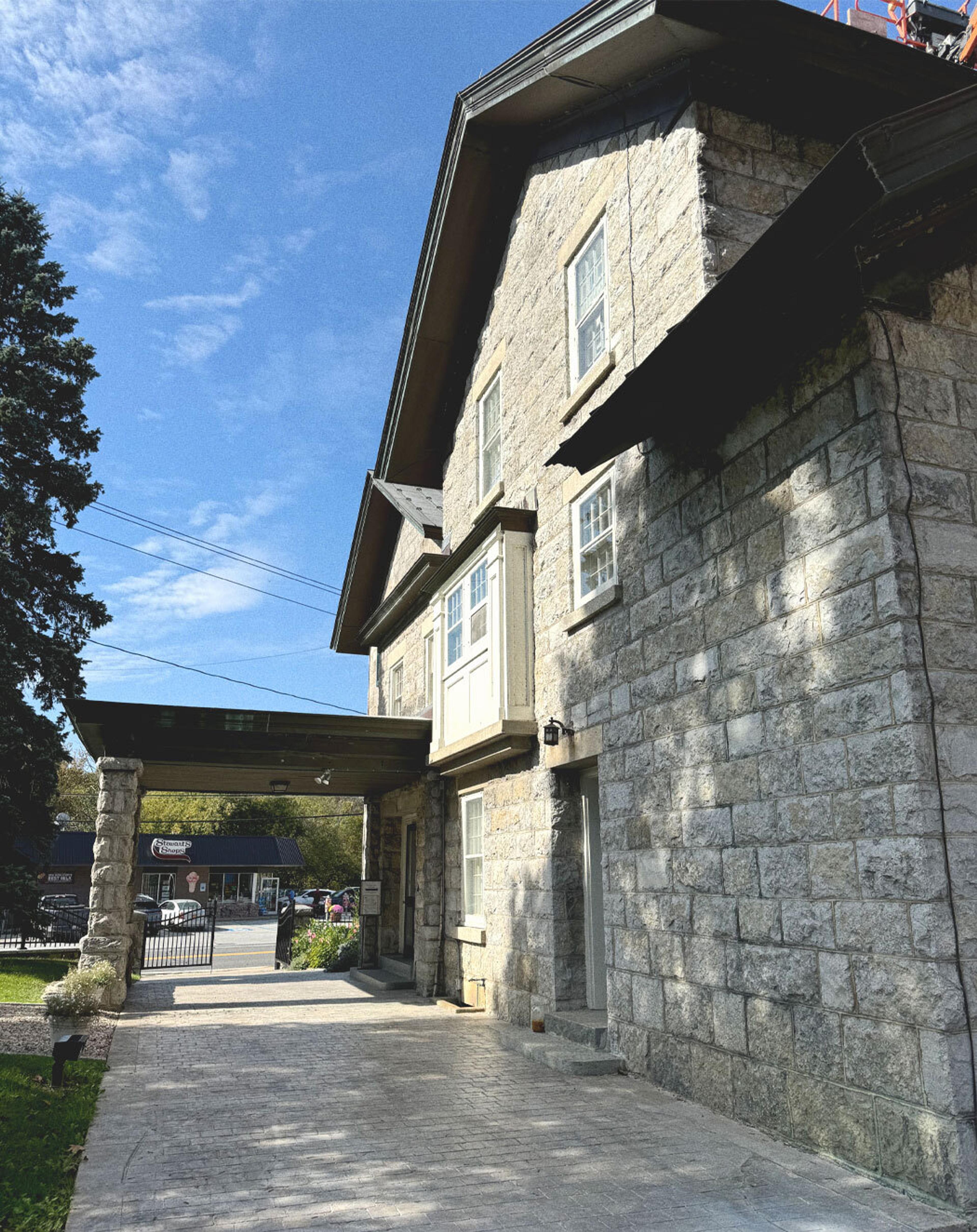
The Alice T. Miner Museum
The institute’s farm internship program expanded in 2018 when the it joined forces with the Alice T. Miner Museum to administer a history-focused internship. The history intern splits their time between the two organizations and, depending on seasonal needs and the candidate’s area of study, they might research artifacts and acquisitions, develop educational programming, or put their design skills to the test on promotional material. As the museum’s director, Ellen Adams, says: “Until 100 years ago, the majority of people lived on farms. It might not always feel like it, but we are still living in a world that is shaped by the history of agriculture.”
The Miners’ impact isn’t limited to the two institutions which bear their names. The couple was the driving force and the funding source for the Chazy Central Rural School, Plattsburgh’s Physicians Hospital, and Kent-Delord House Museum. But perhaps the finest tribute to the Miners’ legacy is the relationship many of their former interns maintain with the institution which played such a pivotal role in their education.
According to Vendetta, “I still visit the Miner Institute when I am called upon to treat sick cows or horses. Sometimes it feels surreal to think about where I started and where I am now. It’s truly been a full-circle experience.”
